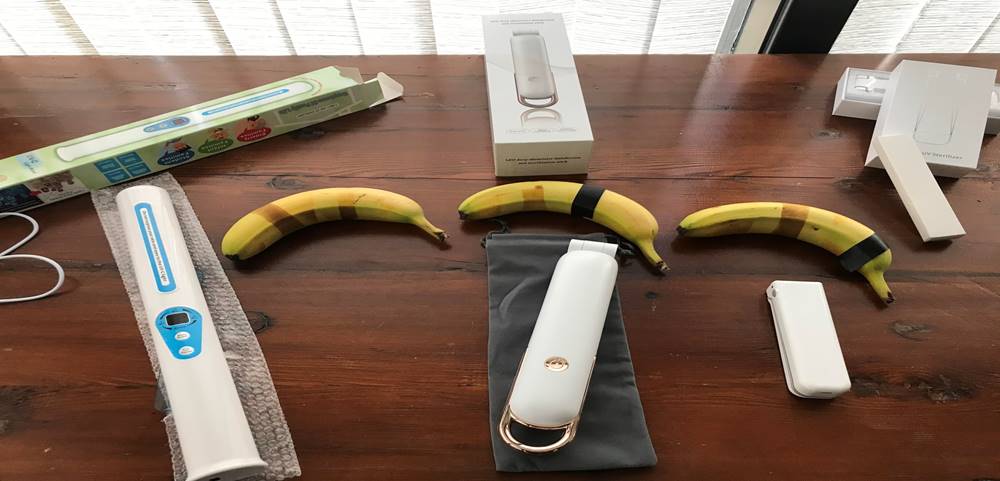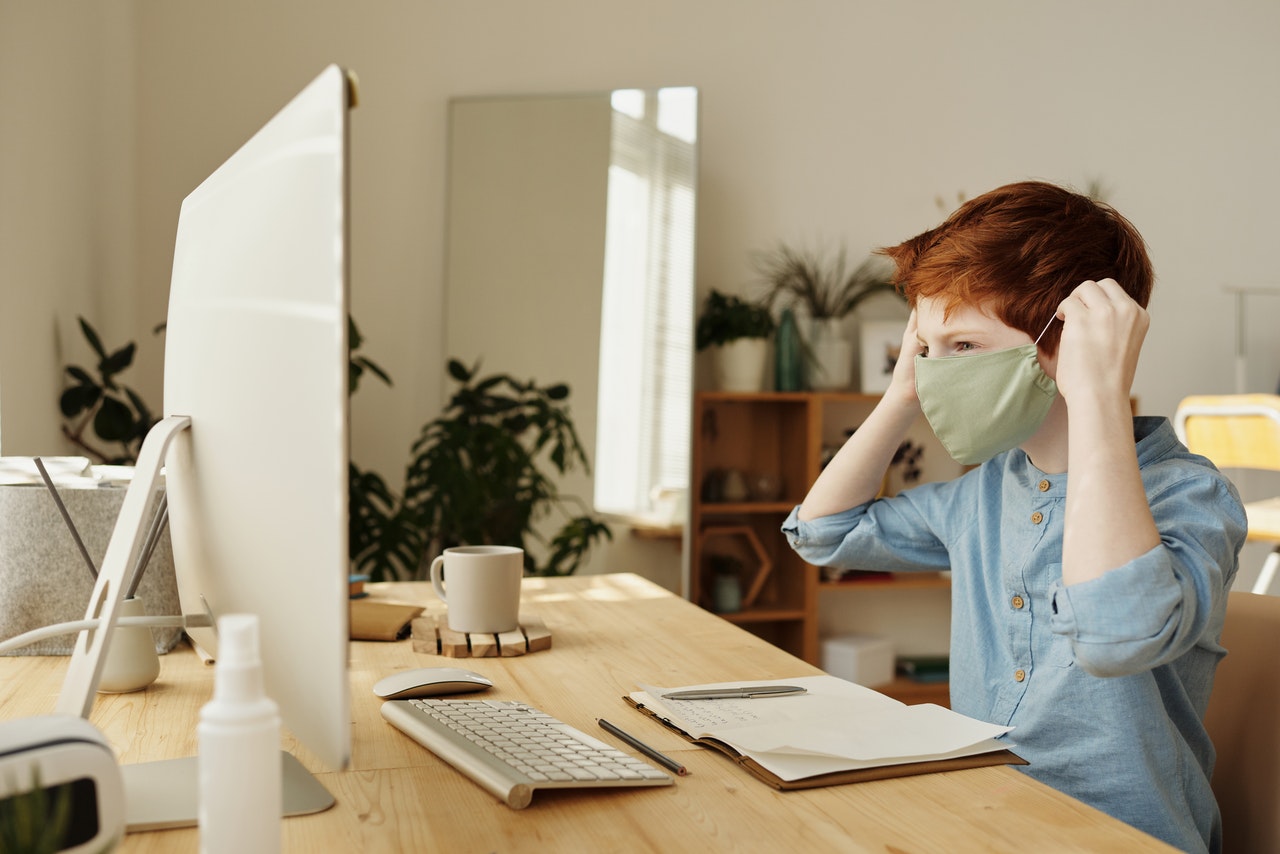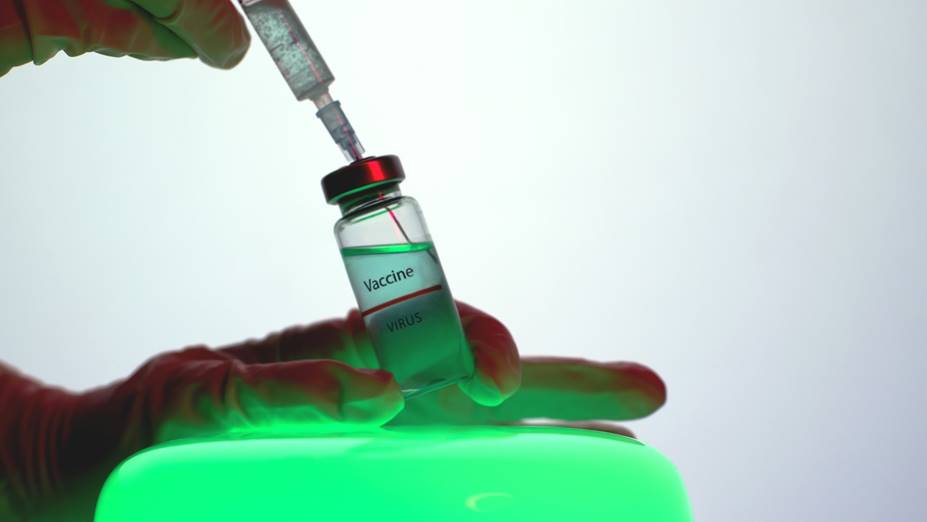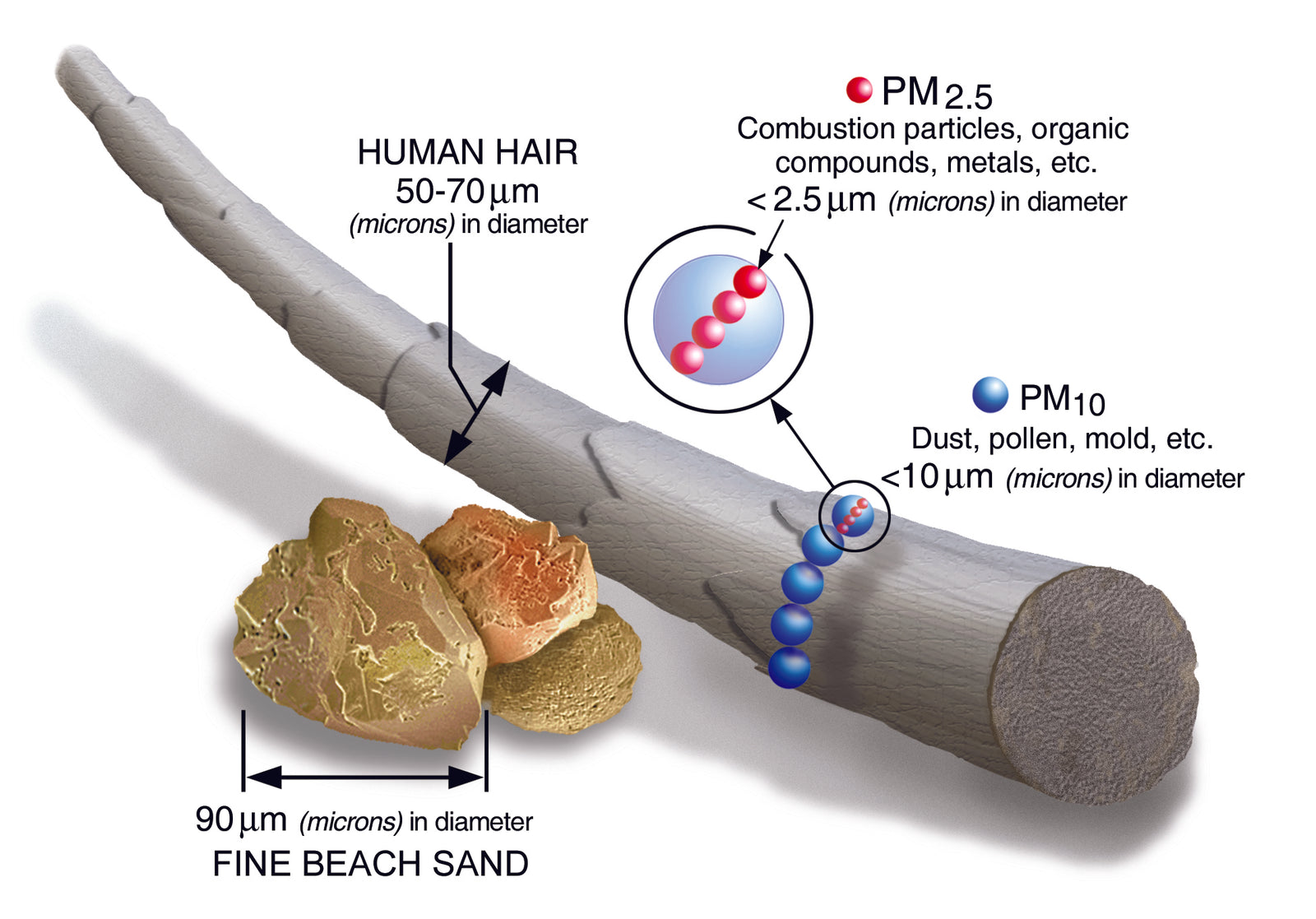UV-C Science Project

I came across an article that discussed how to determine if you’ve purchased a UV-C (germicidal wavelength) sterilizing device or did you just buy an ultraviolet light that’s not effective at all. This led to some research on tools and technology that can be used to measure the effectiveness of these devices. The most accurate way to accomplish this is with a tool called a UV light meter. You can find these devices on Amazon but it's important to read the fine print, if the device is sub $100 then you’re likely looking at a UVA / UVB meter which isn’t capable of measuring UVC spectrum. You’ll want a device that is designed to measure the germicidal spectrum (250nm to 290nm) which typically sells for $400 to $600.
I also mentioned technology, with additional research I discover a high-tech tool you probably have in your kitchen, it’s called a banana. To be more specific, a green banana. Once I heard about this approach I raced to the market and invested $3.29 to see if the manufacturers have been selling us a bill of goods. I conducted my experiment with 3 of our Personal UV-C wands. The 4 Watt UV-C Sanitizing Wand (HH-4), the 5 Watt UV-C LED Flip Style (HK-015), and the 2 Watt UV-C Sterilizer Clam-shell Style (Mini HH-1).
The Wand (HH-4) and Clam-shell (HH-1) both use a low-pressure Mercury lamp. This type of lamp produces 253.7nm light and has been the standard across the industry for decades. The LED Flip (HK-015) is one of the newest products in the market, boosting 16 LEDs and 5 Watts (actually 4.8W - .3W per chip). Here is a video link to the experiment HERE but let me summaries what I found. I ran the lights for 10 minutes, however, the LED Flip turned off automatically at 5 minutes and I wasn’t aware of this (and didn’t have additional bananas some more testing required).
The 4 Watt wand (left side of the picture) performed best it also covered a broader area, changing the color of the banana considerably.
The 5 Watt LED created 2 burn marks on the banana near the chips and did show some UVC after 5 minutes but less than I had anticipated. The biggest surprise was the 2 Watt Clam-shell, while not quite as dark or as broad of a coverage area this economical unit performed quite well.
My takeaway, each device did show the presence of UV-C, and while I must retest the LED model and further research the effectiveness of the banana test at 260nm to 270nm, as this higher frequency may be more effective on pathogens and less visible on the banana’s surface.
Regardless, it’s an interesting experiment to try and it does offer a level of proof that something is happening at the cellular level when using these devices.
Also in News

An Unusual Journey to Normalcy

The History of Vaccines: What it Means for Coronavirus

